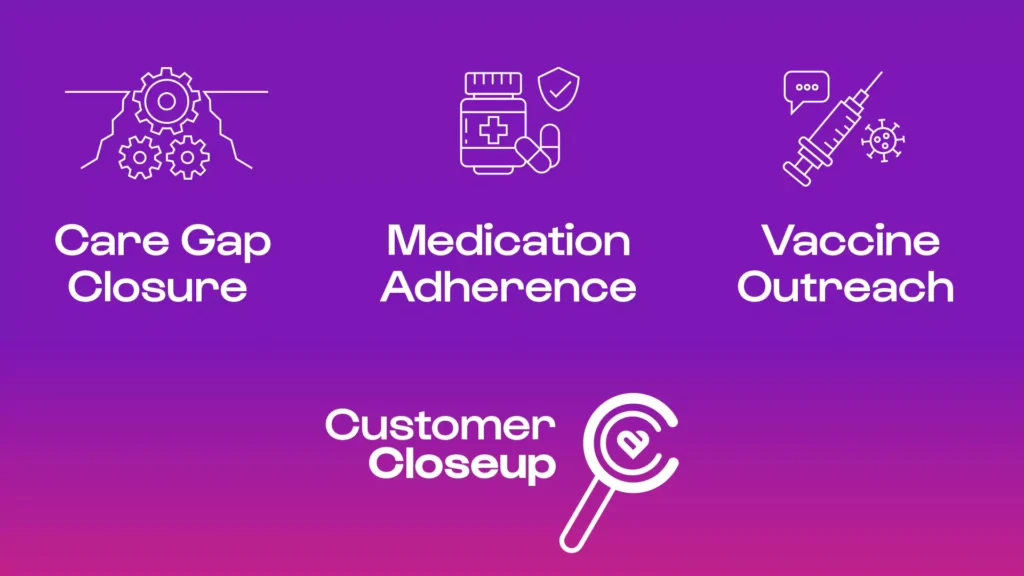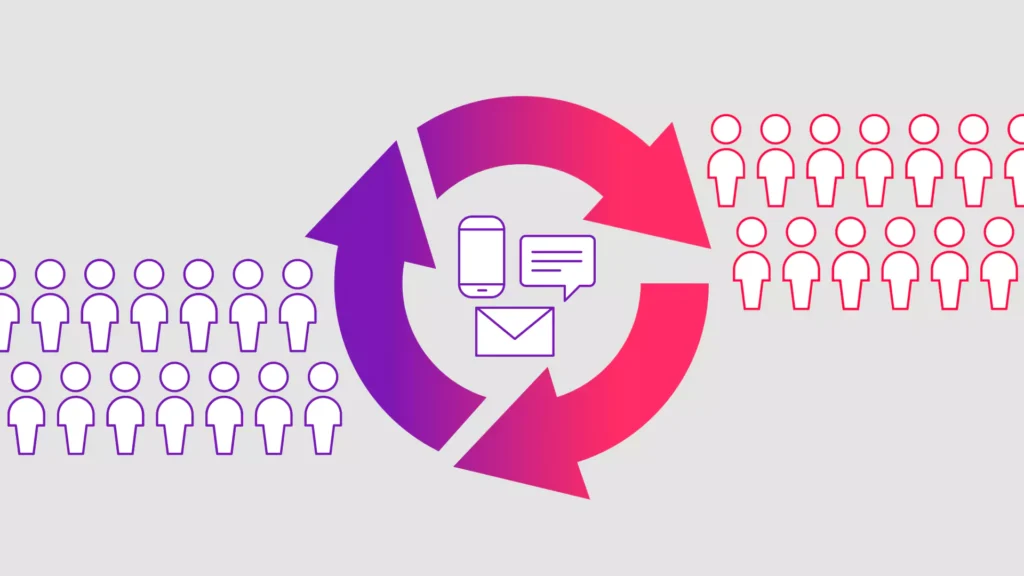SHARE:
[DISPLAY_ULTIMATE_PLUS]
Grim headlines about physician burnout and the impending doctor shortage crisis don’t need repeating.
But just in case you missed it — 42 percent of physicians reported burnout, according to a 2018 survey published by Medscape. Another 15 percent of the 15,000 doctors surveyed reported general or clinical depression.
Not surprisingly, both have profound effects on the level of care doctors provide to their patients and their desire to stay in medicine. Doctors experiencing burnout are more likely to make medical errors, refer patients elsewhere for care, and even leave the profession entirely.
The chief culprit? Too many bureaucratic tasks followed closely by the EHR. A study commissioned by KLAS – Arch Collaborative found that nearly half of physicians pointed to the EHR and other IT tools as the cause of their burnout.
That’s ironic.
The National Coordinator for Health IT says EHRs are supposed to help physicians “provide higher quality and safer care for patients while creating tangible enhancements” for the organization.
If the stats are right, it’s not exactly working out that way — at least not for physicians.
In an article for The Atlantic, Rena Xu, a resident physician in urology in Boston, lamented what she sees as the widening gap between the ideal and the reality of medicine.
“Doctors become doctors because they want to take care of patients,” she writes. Their training is focused on diagnosing and treating illness, not so much the operations of medicine or the ever-increasing regulations of the Health Information Technology for Economic and Clinical Health (HITECH) Act.
System of record vs a system of engagement
But before we go scapegoating the EHR as the sole cause of physician woes, it’s worth looking at the HITECH Act’s meaningful use criteria. Herein lies the rub. Meaningful use specifies that healthcare systems use the EHR in a way that engages patients and families in their health and improves care coordination, among other goals.
According to Epic, the nation’s leading EHR provider, its platform chronicles the story of a patient’s healthcare over time. So far so good. The 40-year-old software company is the industry leader for a reason — it’s an excellent system of record.
However, meeting the patient engagement portion of the meaningful use criteria proves to be a greater challenge. The chief way the EHR engages patients is through the portal. Can you hear the collective groan? Patients don’t like portals. So they don’t use them. Research shows that 63% of patients haven’t visited a portal in the last year.
Through Epic’s portal, MyChart, patients can receive messages from their doctors, complete questionnaires, and schedule appointments. But if they’re not logging in, those things aren’t happening.
It’s a great system of record but not such a great system of engagement.
Physicians are spending more time with the EHR than with patients
What does this have to do with provider burnout? Well, not only does the EHR patient portal fall short of meeting the meaningful use criteria, it’s also adding to physicians’ workloads. They’re spending an inordinate amount of time using the EHR in addition to phone and email to coordinate patient care. According to a study published in the Annals of Family Medicine in 2017, primary care physicians spend nearly 6 hours a day interacting with the EHR during and after clinic hours, twice as much as they’re spending with actual patients
“Demand for non-face-to-face care, such as communication through a patient portal and administrative tasks, is increasing and contributing to burnout,” the study’s authors concluded.
Rethinking the EMR experience
Xu says she can imagine a better system built around what healthcare providers need, “A dynamic EMR that didn’t just give physicians more information, but also helped them to prioritize, share, and act upon that information, would be far more useful than what currently exists.”
This is why we created WELL.
We came from the patient perspective — knowing how frustrating it is to try to reach your doctor, getting robo-call appointment reminders from 17 different vendors, and sitting on hold for what seems like an eternity.
Patient engagement made easy
We wanted a way to communicate with our healthcare providers, and for them to communicate with us, in a way that made sense. To meet us where we are — on our phones, not in a portal.
Instead of trying to replace the EHR, WELL works with it. Physicians and their staff can skip the phone tag and lost emails that are so prevalent in patient communication. WELL seamlessly integrates with most of the leading EHRs and engages with patients in a way that makes sense — usually that means text messaging. Email, phone, and live-chat are also available.
Through the WELL platform, patients can receive pre-appointment instructions in a secure text message straight to their phone. It’s easy for the clinic and the patient, plus it makes the actual appointment that much better because the patient is adequately prepared.
Likewise, through WELL, practices can send automated, personalized followup care without anyone having to pick up the phone.
We’d like to think that we’re making a dent in the physician burnout situation, or at least improving the day-to-day operations and patient care at individual practices. Our customers sure think so.
Real results
Cedars-Sinai saw portal enrollment increase by 19 percent following WELL implementation and staff were happier in general. Before, they had needed to email a portal link to hundreds of
patients per day; now, the automation does it for them.
“It’s naturally part of your workflow. It just immensely improves it,” said lead applications specialist Ramin Rasoulian.
Mountain View Medical Center in Oregon saw equally impressive results. The busy clinic saw both hold times and no-shows drop by more than 50 percent. Staff members loved WELL because scheduling became quicker and more efficient, and they had more time to reinvest in their patients.
Practice relations manager Tina Kelley said, “Those are minutes we can have back, and we can focus on the patients who need our undivided attention.”
At the end of the day, that’s what it’s all about.♥



